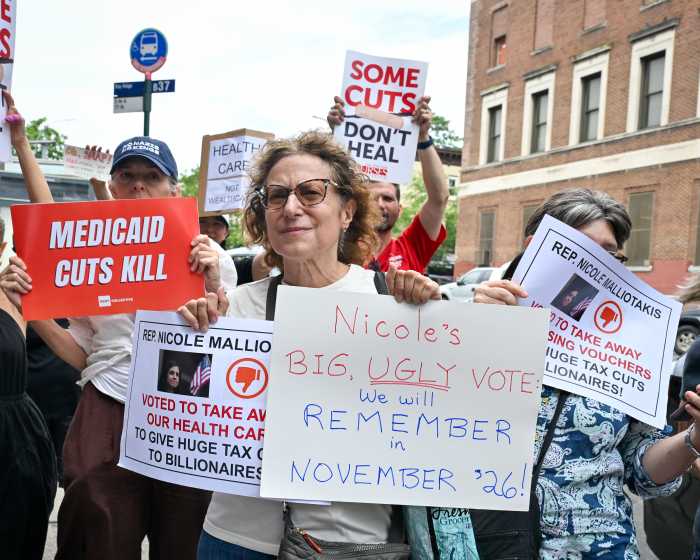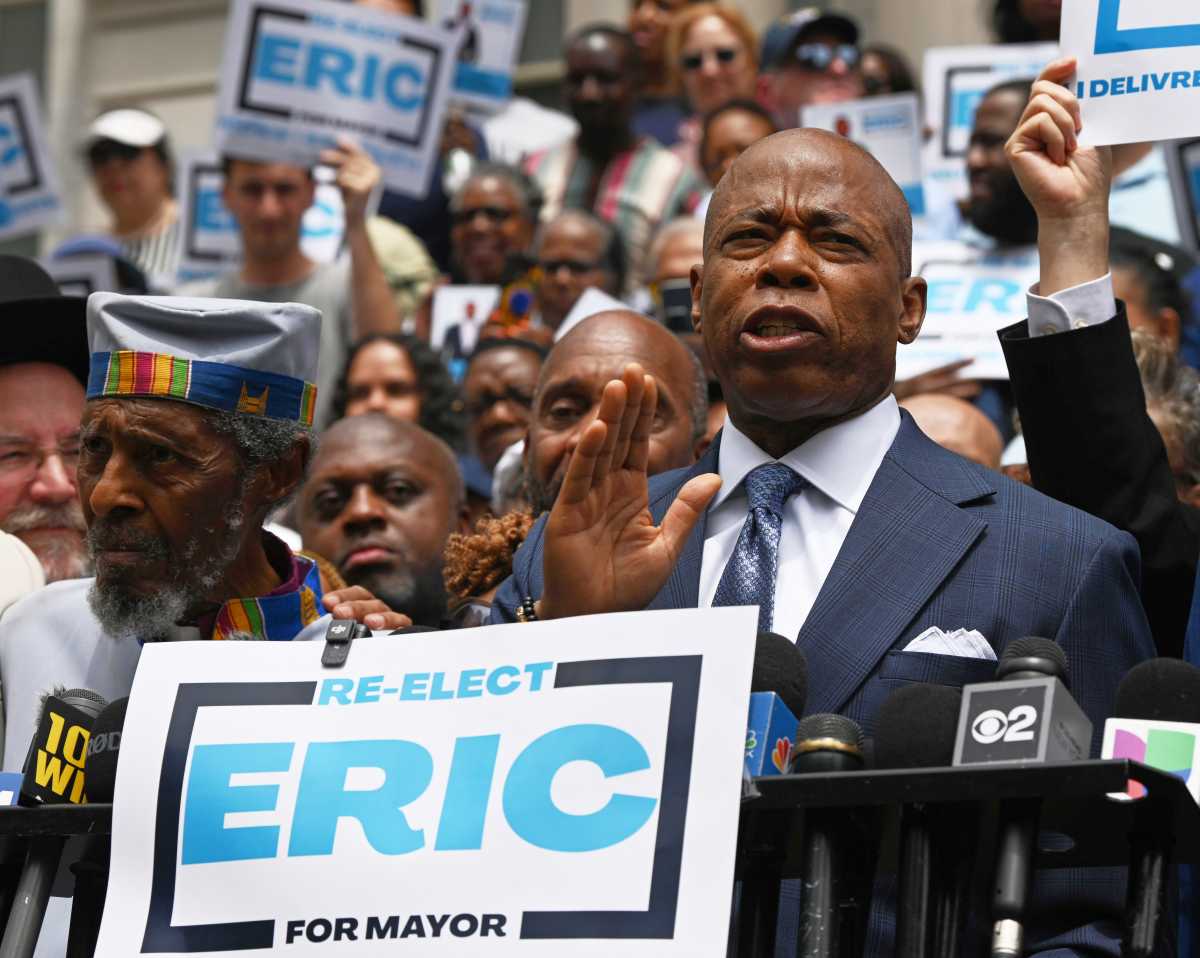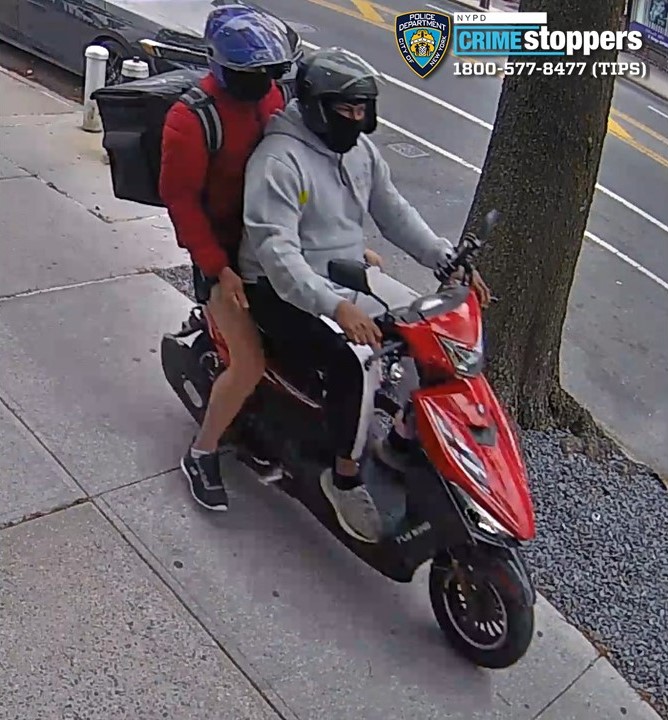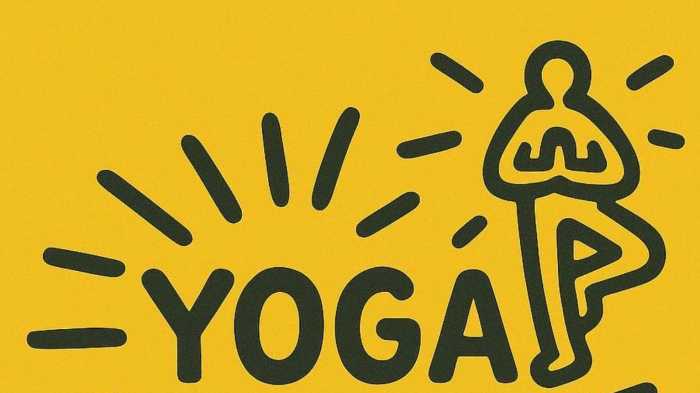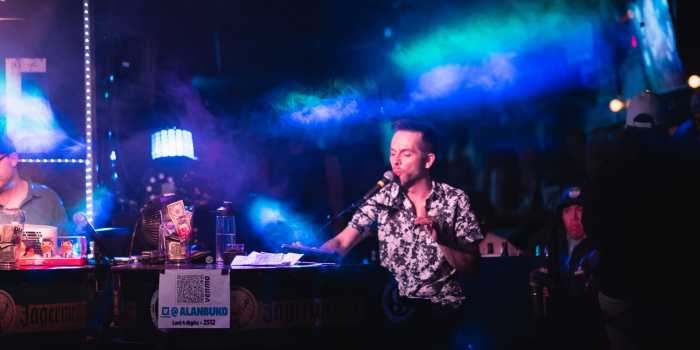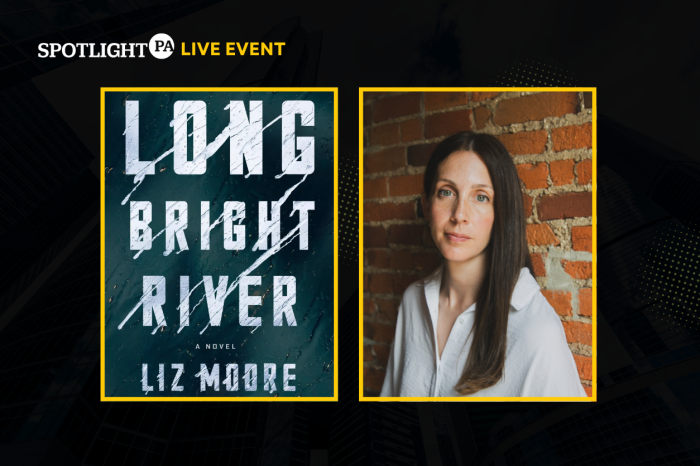Charging that Brooklyn Bridge Park planners have misled the community
with their designs, and that they are only concerned with developing high-rise
luxury housing, a group of activists this week vowed to sue.
The Friends of Brooklyn Bridge Park, which formed out of residents’
dissatisfaction with the support shown for a revised park plan by the
Brooklyn Heights Association and Brooklyn Bridge Park Conservancy, have
hatched a plan to take the state agency charged with oversight of the
park’s development to court.
The Brooklyn Bridge Park Development Corporation, which is charged by
the state with the implementation, design and self-sustaining financing
of the park’s maintenance budget, announced in December the waterfront
development would need more than 1,200 units of luxury condominiums to
help finance it’s costs, resulting in six residential towers to be
built on the site.
Unlike typical park developments, headed and funded by the city’s
Department of Parks and Recreation, the 1.3-mile project along the Vinegar
Hill, DUMBO, Brooklyn Heights and Cobble Hill waterfronts is mandated
to pay for its own yearly maintenance, estimated by the planners at $15.2
million. The city and state have committed a combined $150 million for
the park’s initial development cost.
The ‘Friends’ group, which opposes the housing on the basis
that no other financing situation has been fully explored, includes members
of the Willowtown and Brooklyn Heights associations, State Street Block
Association, Cobble Hill Association, residents of Fulton Ferry Landing,
and other community members. Willowtown is an area of southwest Brooklyn
Heights near the development site.
Friends of Brooklyn Bridge Park has been meeting on a weekly basis at
the offices of Community Board 6, at 250 Baltic St.
It was at one such recent gathering that the idea of filing a lawsuit
was put forth by Bob Stone, a Willowtown resident.
“We had a meeting of this group about three weeks ago,” he told
The Brooklyn Papers, during which local development consultants Brian
Ketcham and Carolyn Konheim spoke to the group about how to weigh in on
an Environmental Impact Statement, or EIS, the only document that accounts
for public input during the development process for a state-run project
such as Brooklyn Bridge Park.
“They convinced me that the EIS is sort of a sham, and that the EIS
hearings are going to be something of a sham,” said Stone.
“They’ll [the BBPDC] listen, they’ll write it down, they’ll
throw it away, and the mitigation is not going to happen,” he said
of public concerns that could be aired at a public hearing on the EIS,
which is scheduled for Sept. 19.
“It’s simply a way for them to fulfill the requirements, if
there are any requirements,” said Stone. “I, at this point,
said let’s push this for a lawsuit. Let’s take them to court,
there’s enough errors in they way they’ve done this so far.”
Unlike their attempts to reach out through the news media and postcard
drives, the group agreed that a lawsuit would show the severity of the
problem felt by the surrounding community.
It was worth a try, Stone said, since outreach prior to this had been
futile.
“We haven’t done a very good job of it. We still run into lots
of people who say, when we ask, ‘What’s your position of the
park?’ that say, ‘Park? What park?’”
Several other members of Friends of Brooklyn Bridge Park agreed with him,
he said, but given the nature of some of the neighborhood associations,
it was decided that residents of Willowtown and Fulton Ferry, both of
which would be in the shadows of several large-scale new residential buildings,
would “own the suit,” although all the members are chipping
in for the legal fund.
The suit is going to focus on the disparities between a Brooklyn Bridge
Park environmental scoping document, which was released by the BBPDC in
2003, and what the actual general project plan now includes.
“The nature of it changed so drastically that my feeling, since that’s
what lays out what propelled the project forward, is that they need to
go back and re-present these new aspects,” said Stone.
Asked the intent of the suit, Stone said, “We will be proceeding
to seek a legal stoppage of this process, to slow this process down. It’s
such an unseemly rush.”
Friends of Brooklyn Bridge Park evolved after members of several civic
groups sought unity to voice concerns to the BBPDC about the size, scope
and process in which the newly added housing was designated.
One building, on the uplands of Pier 6 near Atlantic Avenue, would rise
more than 30 stories.
Echoing the sentiments expressed repeatedly by members of the Friends
group, that their local neighborhood association doesn’t represent
them, Stone said he was disappointed that the Brooklyn Heights Association
(BHA) was supporting the BBPDC’s development plans and ignoring their
own members’ needs.
Judy Stanton, executive director of the BHA, said she disagreed with the
characterization of her organization by opponents of the current park
plans, as well as the tactic of using a lawsuit to protest them.
“I don’t think this is a good use of money, and I don’t
think a lawsuit is an effective way to bring attention to the concerns
or the objections Willowtown has. They’re getting attention. Everybody
understands the objections Willowtown has,” she said.
Stanton asserted that the BHA did consider and share many of the concerns
of their Willowtown membership.
“We have the same issues about the height of the high-rises; we have
the same issue about traffic, particularly on Joralemon Street; we have
the same issue about adding recreation in the park,” she said. “I
don’t think a lawsuit will give the community any more power than
the community already has.
“I don’t think we’ve exhausted the potential of improving
the plan. I don’t think we’ve given up yet.”
Stone said he didn’t see where the BHA was doing anything to help,
though.
“They’ve thrown us to the wolves here,” Stone said. “What’s
about to happen here is going to change the entire nature of life in this
area. Even being accused of NIMBY-ism, which used to really hurt, it doesn’t
even matter anymore. BHA has just pushed us right to the wolves.”
NIMBY is an acronym that stands for not-in-my-backyard, and refers to
residents opposing development because it will affect their quality of
life, even if there is a greater purpose.
Said Stone, “We feel very strongly, those of us who are involved
with Friends of Brooklyn Bridge Park, that we sort of have to look after
ourselves.”



